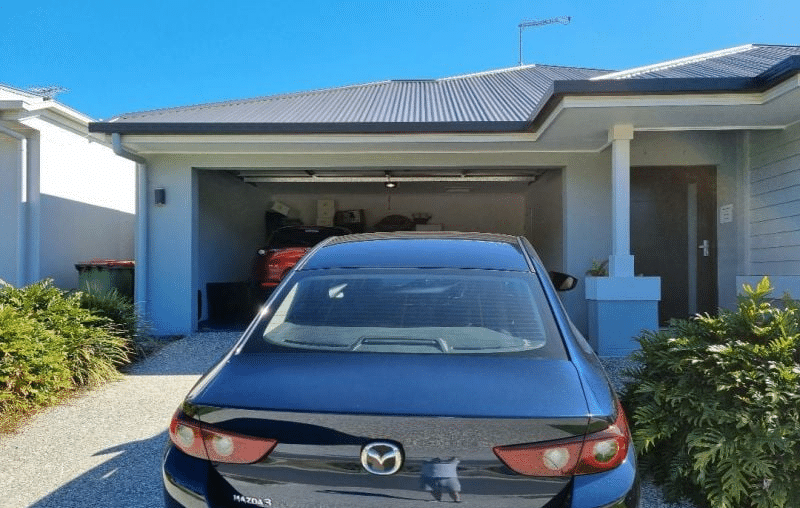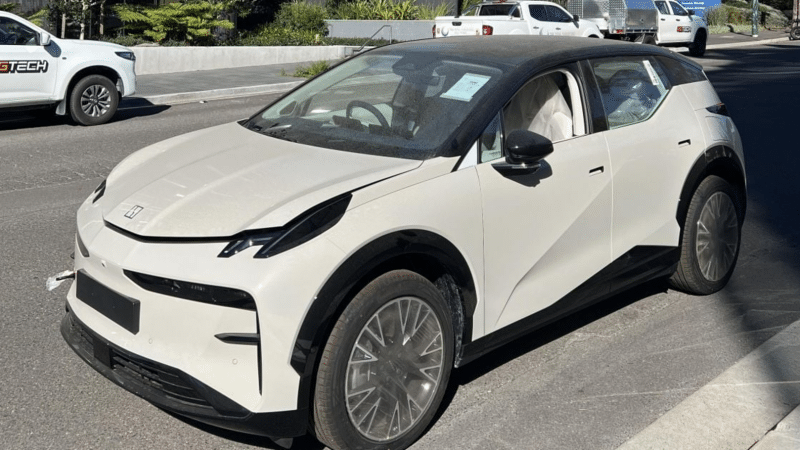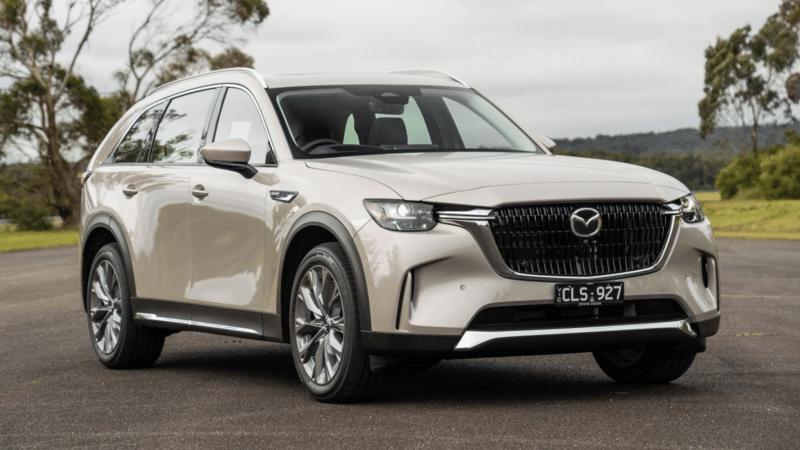Streamlining the Paperwork: Selling a Car in Australia Made Easy

Streamlining the Paperwork: Selling a Car in Australia Made Easy
Ready to sell your car without the paperwork stress? Let’s break it down state by state!
Selling a car can be a daunting process, especially when it comes to the necessary paperwork. However, by following a few simple steps, you can ensure a seamless transition and protect yourself legally. In this article, we’ll walk you through the paperwork requirements for selling a car in each state and territory of Australia, along with some additional actions to remember. Let’s dive in!
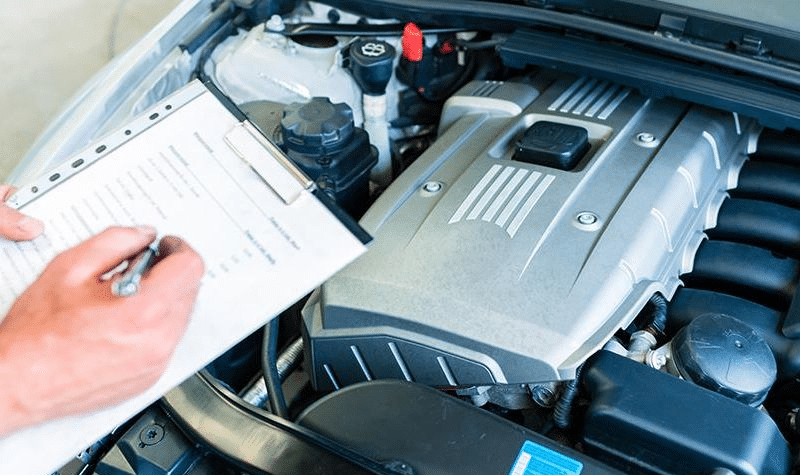
No matter where you live in Australia, it’s essential to exchange a Bill of Sale when selling a car. This document serves as a tax invoice and proof of purchase, protecting you legally in case any issues arise. It’s best practice to do this, even if not required. Additionally, make sure to follow the specific steps outlined for your state or territory below.
Selling a car in New South Wales is a straightforward process. When completing the sale, ensure that you obtain the buyer’s NSW driver’s licence number. If they don’t have one, don’t proceed with the sale until they obtain a customer number from a Service NSW registry by proving their identity. Once you have this information, fill out a Notice of Disposal to avoid being held responsible for any fines incurred by the new owner. You can do this online or by printing and mailing the form. The buyer doesn’t need to sign a hard copy of the Notice of Disposal in NSW.
Selling a registered vehicle in Victoria requires a Certificate of Roadworthiness (RWC). The RWC can be obtained by the seller or the buyer, but most sellers take care of it. Make sure to choose a trustworthy mechanic who won’t overcharge you or recommend unnecessary repairs. The cost of an RWC typically ranges between $150 and $250. If you sell the car without an RWC, buyers may expect a discount due to potential repair costs. After getting the RWC, complete a Vehicle Transfer Form and a Notice of Disposal to transfer ownership and avoid fines.
In Queensland, sellers are responsible for providing a Safety Certificate, which ensures roadworthiness. You can obtain a Safety Certificate from an Approved Inspection Station, and the cost is fixed. After receiving the Safety Certificate, record the buyer’s Queensland licence number or customer reference number. Transfer the registration to the new owner online and submit a Notice of Disposal to avoid being held responsible for fines. It’s crucial to do this within 14 days of selling the car.
Selling a car in Western Australia requires notifying the Department of Transport (DoT) about the disposal of the vehicle. This can be done online or by filling out a Notification of Change of Ownership form. Sellers must mail their copy of the form to the DoT within seven days. A roadworthy certificate is not required in Western Australia.
In South Australia, sellers must lodge a disposal notice as soon as possible to inform Service SA of the change in ownership. This can be done online, by post, or in person at a Service SA customer centre. The buyer’s SA driver’s licence number, client number, or date of birth is needed for the notice. A roadworthy certificate is not required in South Australia.
Selling a car in Tasmania is a simple process. Within seven days of the sale, complete a disposal notice online or submit a form via email, post, or in-person at any Services Tasmania location. A roadworthy certificate is not required in Tasmania.
In the Australian Capital Territory, a Certificate of Inspection for roadworthiness is required for cars older than six years. This certificate can be obtained from an approved inspection station or the Access Canberra Motor Vehicle Inspection Station. If selling without a Certificate of Inspection, buyers may expect a discount. Complete an Application to Transfer Vehicle Registration and a Notice of Disposal to transfer ownership and avoid fines.
In the Northern Territory, sellers must complete a Notice of Disposal and lodge it with the Motor Vehicle Registry (MVR) within 14 days of the sale. The notice can be submitted by email, mail, or in person at an MVR office. Sellers should also provide proof of ownership to the new owner, such as the most recent registration certificate. A roadworthy certificate is not required in the Northern Territory.
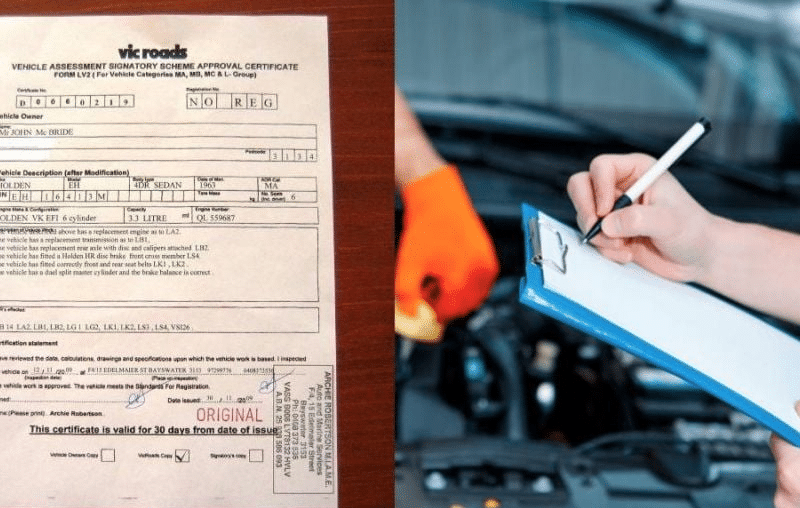
- Exchange a Bill of Sale as proof of purchase
- Notify the authorities of the vehicle transfer
- Follow specific requirements for each state/territory
- Complete additional paperwork like Notice of Disposal and Vehicle Transfer Forms
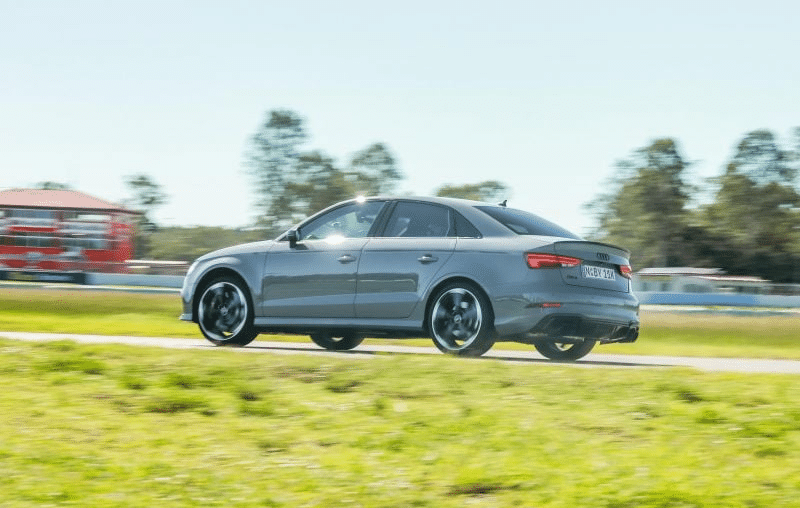
Selling a car involves various paperwork requirements, but by following the specific guidelines in your state or territory, you can ensure a smooth process. Remember to exchange a Bill of Sale, notify the authorities of the vehicle transfer, and complete additional paperwork like Notice of Disposal and Vehicle Transfer Forms. By taking care of these steps, you can protect yourself legally and make the selling process easier for both you and the buyer.
